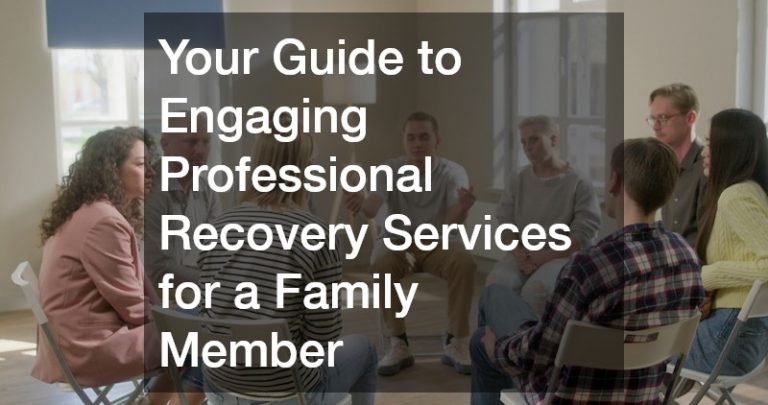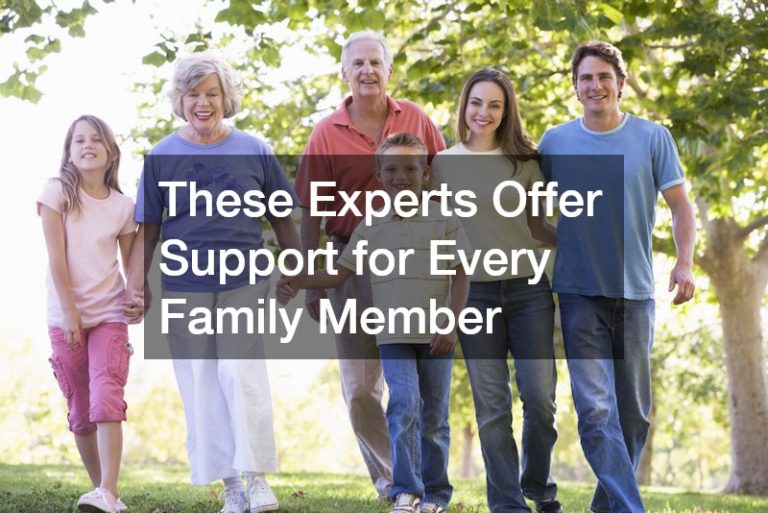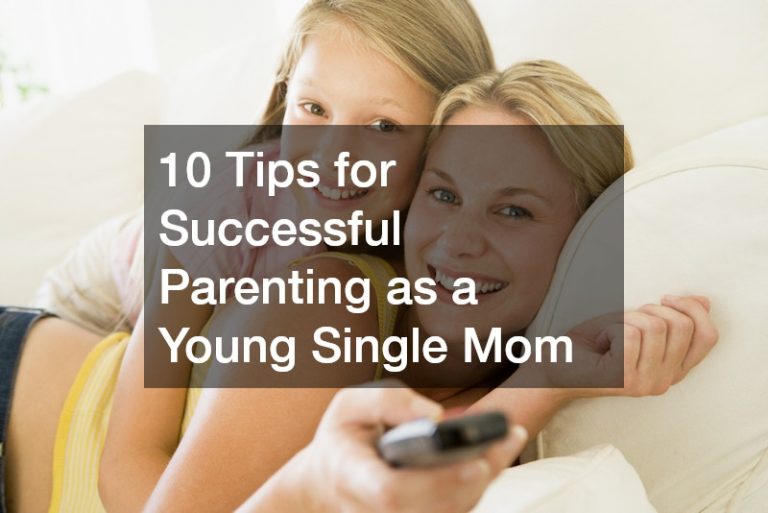Healthy eating is key to living a long and joyous life, which is why it’s important to constantly encourage our community to be mindful of their choices and practices. However, we also can’t deny that this can be a sensitive subject for some, especially since advertising and marketing have played a big part in encouraging disordered eating among the masses. We are constantly bombarded with images of unhealthy food, and yet we are also inundated with impossible beauty standards in the media. So, where can consumers go from here?
The answer lies in being sensitive with our messaging and branding. If you are running a non-profit centered on nutrition, or if your business is all about healthy products, here are some ways you can promote healthy eating and nutrition without offending any segment of your audience.
Let facts and kindness go together
Remember the adage, “Facts don’t care about your feelings?” That is the last principle you need to apply when coming up with a messaging for your non-profit or brand. The fact may be that an unhealthy diet may lead to diabetes, but the second you say it so flippantly with little to no regard to your hearer’s feelings, you instantly lose them. The medium is the message and the way you say—and the way you deliver your content is just as important as the content itself. Here are some tips for speaking the truth with compassion:
- Let science take the lead, but don’t forget that there is a human being, and most likely not an expert, on the other side of the screen. Consider consulting with a health coach for nutrition who has years of experience explaining nutritional concepts that may go over the head of laymen like us. Ask them for resources so that you and your team can do the research for yourselves, and ask the nutrition professional for the best wording for the medical and scientific facts you come across.
- Study empathetic content marketing. The past year, we have seen how big brands and businesses raced to maintain their customers by expressing solidarity with them during the hardest of times, and your non-profit or business can take a cue from them. As the world goes through a difficult ordeal, empathy and compassion will be every brand’s greatest currency.
- Prioritize health over aesthetics or appearance.
Tell your story
If you consider nutrition and healthy eating your life’s purpose, there must be a story behind how you got here. Why this advocacy in particular? Did healthy eating change your life in a significant and unforgettable way, or did you watch someone you love go through so much suffering because of unhealthy eating habits? Whatever your story, make it a central part of your non-profit or brand’s messaging. Make sure it’s included in the “About” part of your message, and remind your audience about it now and again. Let your personal journey be part of your brand identity; it will give your audience someone to root for and identify with, more than just seeing your non-profit or brand as an entity with no soul behind it.
Be intersectional in your advocacy

Intersectional activism is simply the acknowledgment that all issues of oppression are connected in one way or another and that the issue of health and nutrition cannot be separated from issues of wealth inequality, homelessness, poverty, and others. Promoting healthy eating is one thing, but what if not everyone in your audience can afford healthier ingredients? What if the only thing they can afford is an unhealthy packet of instant noodles? Here are some ways to be more intersectional and inclusive in your advocacy:
- Partner with local farmers who can sell their produce for half the price. Cut the middleman and provide your audience with farm-to-table options. Start by talking with the farmers at your local farmers’ market.
- Lobby for healthier food options in your district’s soup kitchens and school cafeterias.
- Partner with organizations that also understand that the conversation should not just start and end with nutrition. There are bigger institutional forces at work that we need to address.
If intersectionality feels like double the work, it’s because it is. But it’s the only way to truly be inclusive and be sensitive to the needs of our audience.
When it comes to promoting healthy eating, the medium is the message. Compassion and empathy will go a long way in getting your message across. Speak the truth with sincerity and kindness, and watch your audience grow.











